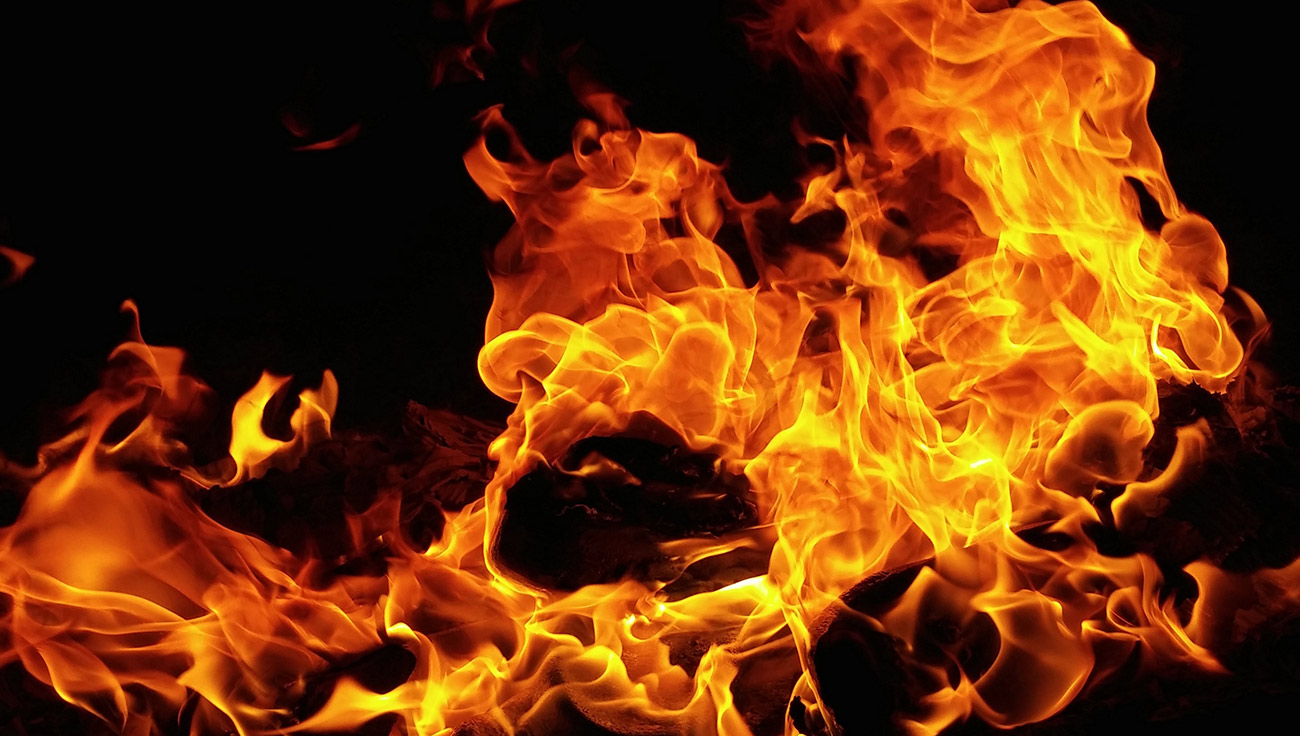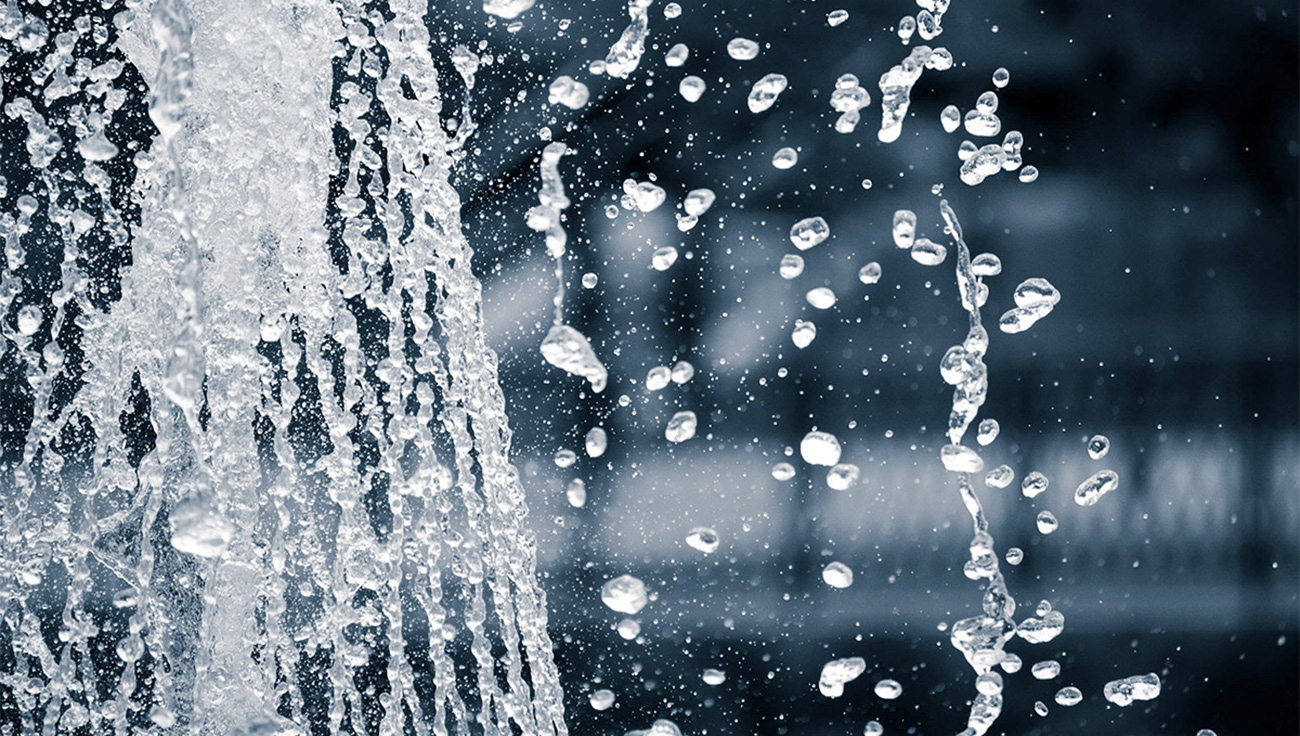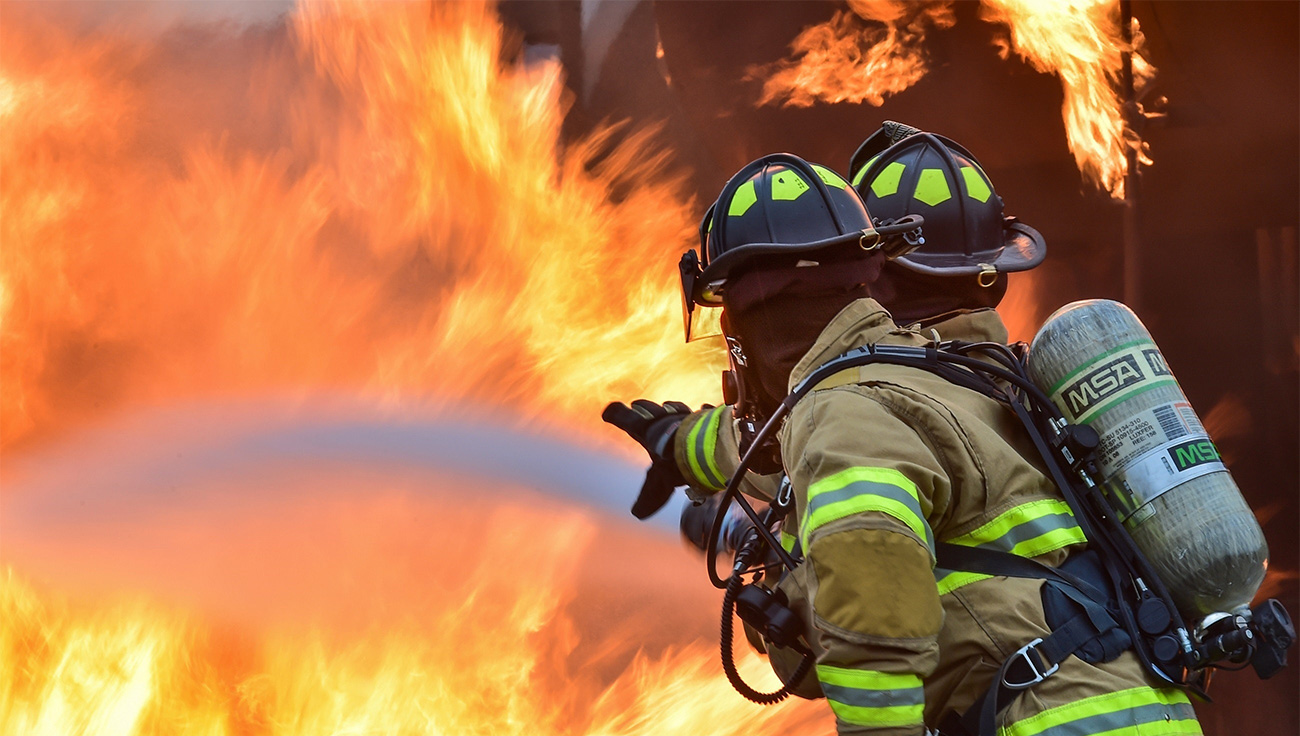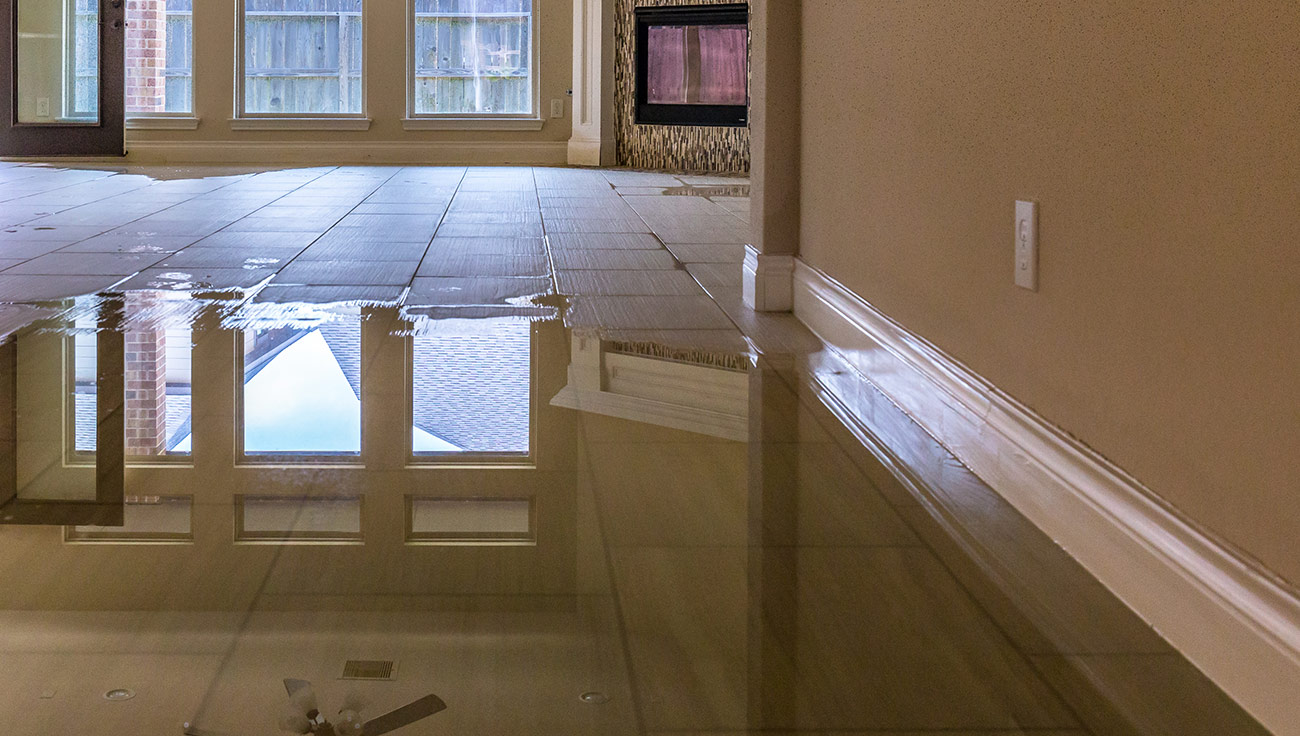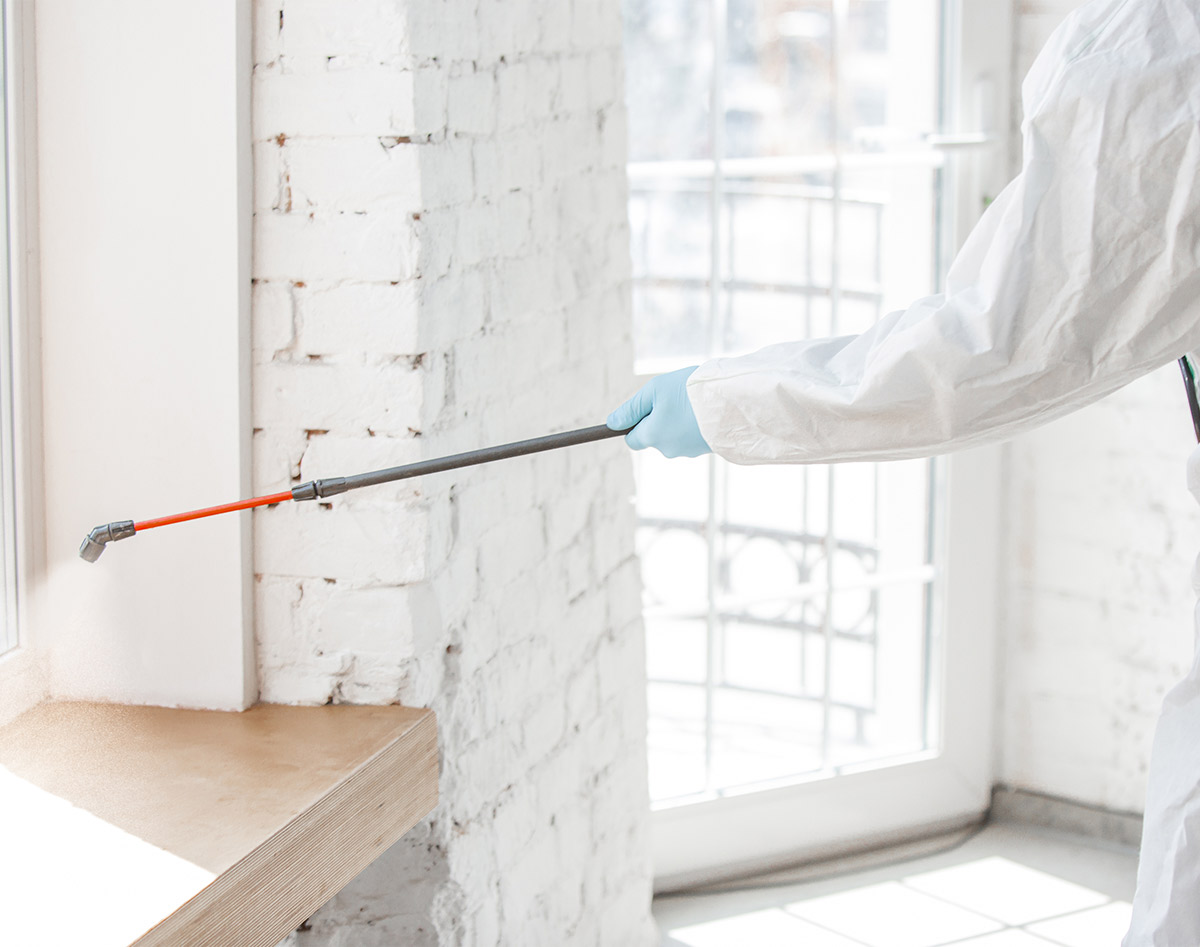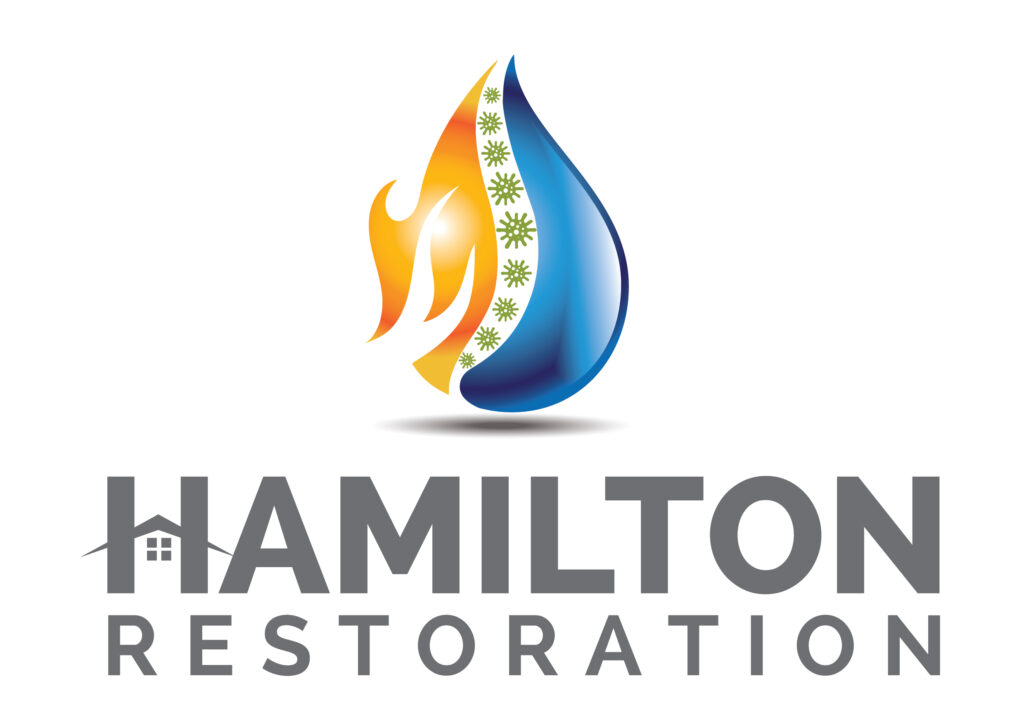
Are you worried because of the water loss issues at your home and looking for the tips for fixing water damage restoration in Orlando?
Water loss incidents can be every homeowner's nightmare, especially for those living in the Orlando, Florida area, where unexpected leaks or pipe bursts due to weather conditions can occur, even if you are well-prepared to prevent them. Whether the water loss you are facing is due to a burst pipe, flooding, or a sewage system leak, taking quick and appropriate action is crucial to protect your belongings and ensure your family's safety. On the other hand, neglecting these issues can lead to undue stress, structural damage to your home, and costly repairs.
Reaching out to professionals is, of course, a great choice, but before hiring a water loss prevention company, trying some quick steps is essential to mitigate the risk of significant damage to your home. In this article, we will share a series of key steps and preventive measures to effectively deal with water damage in your home!
What to Do When Experiencing a Water Loss in Your Home? 12 Immediate Steps to Follow!
Water loss is the most common and devastating problem in Florida that can be caused by multiple factors, such as Flood, storm, or plumbing malfunctions. Addressing each situation demands a different approach and customized clean-up procedures. If you're facing an unexpected leakage issue in your home, you must follow some quick steps before seeking a professional assistance proactively. Your proactive approach will minimize the impact of water damage and expedite the restoration process.
1. Locate the Source
The first and most crucial step in preventing water damage is to identify the source of water leakage. Whether it’s a burst in the corroded pipe or seepage through cracks in the sewage pipeline, locating and stopping the leakage source is necessary to avoid substantial damage. If left untreated, even minor leaks can cause irreparable damage to your home structure and belongings in the long run. However, if you are can’t find the source, it is advised to seek the assistance of a qualified professional expert promptly.
2. Turn off the Power Supply
Prioritizing electrical safety is crucial when encountering water loss as it can prevent potential risks, such as an electric shock or fire. Ensure turning off the power supply before starting the restoration process to ensure your safety. However, it is strongly advised to refrain from disconnecting the circuit panel by yourself;
instead, contact a certified electrician and request him to safely shut down the main power supply, thereby minimizing risks during the water damage mitigation process.
3. Protect your Possessions
For minor water damage, preservation of your belongings may be a little crucial; however, proactive measures are imperative in case of substantial water loss from flooding. Therefore, relocate electronic devices and important documents to a dry, elevated space. Place wooden blocks beneath your furniture to mitigate water absorption. Also, remove the wet carpets or rugs from affected areas and put moisture-absorbent materials into storage areas.
4. Wear Protective Gear
Wearing protective gear is necessary during water loss incidents in your residence. Equip yourself with protective clothing, gloves, and waterproof boots to create a shield against contaminants and potential hazards. So, prioritizing your safety by wearing appropriate attire is fundamental to efficiently address the mitigation and restoration challenges. Certified Water Damage Restoration experts always prioritize their safety by utilizing protective equipment. Essential gear includes safety goggles, chemical-resistant gloves, and rubber boots to build a defense shield against harmful contaminants.
5. Immediately Start Water Extraction and Drying
Do you know mold multiplies rapidly in wet and humid conditions, often appearing in 24 hours? So, failing to dry the damp space and materials quickly may cause a significant risk of mold growth. So, you must first mitigate the risk of mold growth by inspecting the potential emergence areas, like wet carpets, storage cupboards, and flooring. After eliminating the standing water from your residence, commence the drying process for damp belongings. Employ dehumidifiers and air movers for this purpose, ensuring the use of electrical devices only when you are confident of completing the home drying to avoid the risk of electric shock. The exact duration of water extraction and drying can vary; however, it usually takes 5-6 days for small-scale water loss or even a few weeks for more complex ventilation.
6. Access the Extent of Damage
Accessing the extent of damage is necessary in devising an effective recovery plan. Thoroughly inspect the affected area to estimate the extent of structural damage. Note down the list of materials that have undergone deterioration due to water loss and analyze the overall impact on your living space. A comprehensive evaluation will help you build a restoration strategy and claim insurance policy to minimize damage in your home. Moreover, this approach will facilitate you in initiating an insurance claim and enhances its credibility, thus helping formulate a high-value restoration strategy.
7. Initiate Water Mitigation
After identifying the source of leakage, it's crucial to start mitigation that involves essential measures to stop water loss and ensure complete drying to prevent further damage. Water quickly absorbs in the cracks, furniture, walls, and flooring; therefore, whether it's due to a burst pipe or a flooded basement, the urgency to water mitigation is inevitable to prevent the escalation of damage.
8. Clean the Space
Upon completing the drying process, detailed cleaning of the affected space is essential. This involves eliminating debris, thoroughly disinfecting surfaces, and eradicating mold to create a sanitized and safe environment. You may opt for personal cleaning; however, hiring professional cleaning services guarantees a more comprehensive restoration. The professional approach not only ensures a higher standard of cleanliness but also improves the overall effectiveness of the restoration process, leaving the space dry and impeccably clean and safe.
9. Ventilate the Space
Ensuring proper ventilation is essential to mitigate the impact of water damage. After extracting standing water and completing the drying process, ventilating the space should be your next goal. Opening your home's windows and doors promotes fresh air circulation and speeds up dehumidification. Moreover, adequate ventilation is also required to prevent the onset of mold growth, a common issue following water damage. This simple yet comprehensive step contributes significantly to the success of a restoration process.
10. Ensure Follow-up Monitoring
Ensuring follow-up monitoring is integral for the post-cleanup and restoration phase. It is important to keep regular checks of the affected space to identify any remaining moisture, detect signs of mold development, or pinpoint structural defects. These proactive measures are essential to appropriately address the emerging concerns to prevent the re-emergence of water-related problems. Moreover, regular and thorough scrutiny ensures that residual issues are identified and addressed promptly, maintaining the structure intact over the long term.
11. Hire Professional Restoration Services
Unexpected water loss can cause severe damage to your residence if not addressed accurately. Professional water damage restoration services can help mitigate property loss and cut financial expenses. Moreover, they have the expertise and equipment to restore your home to its pre-damaged condition. These professionals ensure a complete and adequate restoration process from structural repairs to finishing. The key elements of restoration services typically include:
1. Water extraction to provide a moisture-free structure
2. Sewage Disinfection to avoid potential health problems
3. Moisture Drying
4. Mold and Elimination
5. Initiating Repairing Process
12. Call the Insurance Company
While dealing with a water loss issue, contacting your insurance company to confirm coverage details and initiate the claim process is essential. The company will send an adjuster to analyze the extent of the damage and determine if their policy covers this loss. In addition to this, it is advised to compile a thorough list of items affected by water damage along with their estimated repair cost. The documentation is essential for the adjuster to assess the loss and its compensation amount accurately.
What are the Common Causes of Water Loss in the Home?
Water damage can occur due to different reasons. Addressing every minor sign of water damage is crucial as an untreated issue can escalate in a short duration. Some of the most common causes of water damage are:
1. Unexpected Pipe Leakage
2. Cracks in Underground Water Lines
3. Clogged Sewage and Drains
4. Broken or Faulty Appliances
5. Floods
6. Leaky roof
5 Major Signs of Water Damage
Identifying water loss issues in your residence involves recognizing common signs highlighting potential problems. Some of these indicators are:
1. Water seepage through the walls and Ceilings
2. Standing water
3. Exponential Growth of Mold and Bad-Odor
4. Wrecked Wallpaper
5. Damaged Flooring
3 Common Mistakes to Avoid After Water Damage
Confronting water loss in your home? Avoid specific actions to minimize the repair cost and prevent future complications. Any mistake can escalate structural damage and prolong the restoration time. Here, we have outlined crucial points to avoid, ensuring a proactive approach and preventing potentially hazardous circumstances:
1. Avoid entering the flooded place without wearing your protective gear
2. Don’t use electrical devices before evacuating the standing water and drying the area
3. Don’t leave the water loss problem unaddressed, as this approach can increase the extent of
damage
Final Thoughts
A quick and strategic action is crucial when encountering a water loss in your residence. From prioritizing safety to devising a restoration plan and hiring professionals, every step is paramount for an effective mitigation and restoration strategy. Remember, a timely response not only minimizes the damage but also accelerates the recovery process.
Tackling the water loss initially with these preventive measures is a great idea. However, if things are getting severe, hiring the professional water damage restoration company in Orlando is a necessary. So, if you are looking for professional help we for comprehensive water damage restoration services, contact Hamilton Restoration right now. Our technicians are highly trained and professionally certified for handling any extensive or minor water damages at your home.
Call Now or explore more about our services right here!

